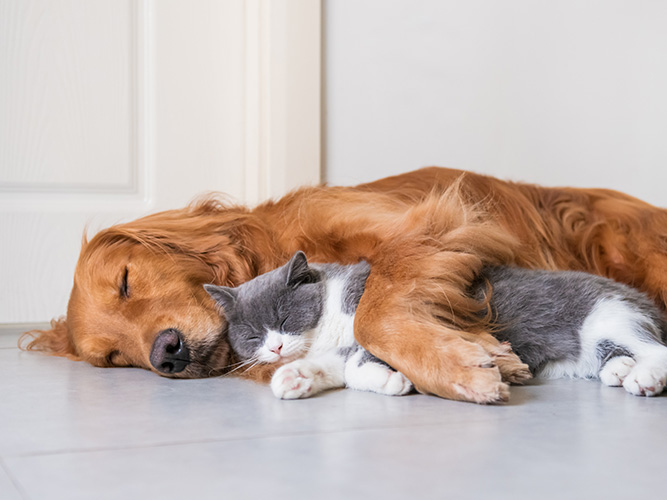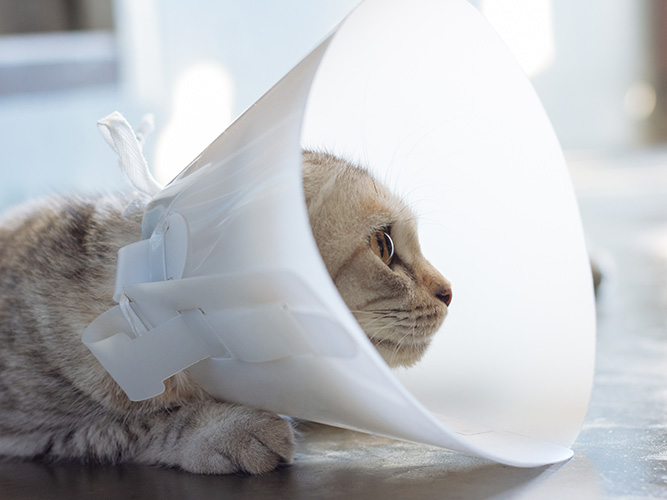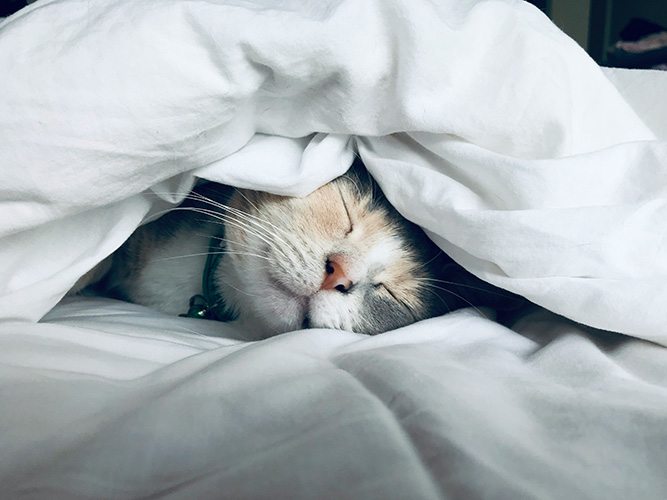What is Wrong With This Eye?
What is Wrong with this Eye?
- Corneal ulcer
- Corneal foreign body
- Corneal sequestrum
-----------------------------------------------------------------------------------------------------------------------
Caramel is a 5 year old female neutered British Shorthair cat.
Reason for presentation:
She was presented to MGR for concerns about her sore left eye with a dark patch and non-healing ulcer.
Relevant history:
Caramel had a sore left eye for 1 week before she was presented to her primary care vet. She has a lifelong history of a weepy left eye only, which was managed with homecare. A corneal ulcer and brown sequestrum was identified and topical antibiotics and lubrication was started. She was referred to MGR for assessment.
Clinical exam:
Left eye:
- Brown stain lesion on the central cornea with marked corneal vascular infiltration.
- Corneal ulceration around the lesion (superficial) but not fluorescein stain uptake over the brown lesion.
- Conjunctivitis
- Epiphora (lifelong left eye only, but worse in recent period)
- Blepharospasm
- Symblepharon with conjunctivalisation of the cornea around the dorsal and lateral limbal margins. Also, symblepharon creating lumpy areas of conjunctiva. Suspected obstruction of nasolacrimal puncta openings.
Diagnosis:
Corneal Sequestrum and Ulceration Left Eye
(Symblepharon- very likely herpetic aetiology as youngster)
What would you do next?
- Start medical management and monitoring with intention for the sequestrum to naturally slough
- Surgical keratectomy to remove sequestrum (+/- graft)
The Owner decided to trial a medical slough initially. Costs were a significant consideration in this decision.
Medical treatment trial:
- Meloxicam cat oral solution- once daily
- Chloramphenicol Eye drops- 4 times daily
- Remend Corneal Repair Gel- 4 times daily
Six weeks into medical management: This image shows marked granulation tissue around the edges of the dense brown sequestra. There is marked conjunctivitis, hyperaemia, and corneal vascular infiltration. Note the paler white area in the dorsal limbal margin, this is area of symblepharon.
Follow up after 6 weeks of medical management:
Caramel’s left eye became sore and there was marked granulation tissue developing around the borders of the sequestrum. It was decided to take her to surgery.
Surgical treatment:
- Keratectomy of the corneal ulcer. No grafting needed. Placed Contact lens and secured with a temporary lateral canthoplasty.
Post-keratectomy to remove the corneal sequestra. Note the heart shaped corneal granuation bed, this had formed under the sequestrum as part of the sloughing process. A graft was not required.
A temporary tarsorrhaphy was sutured in place to protect the eye and keep the contact lens in place.
Post op medical management:
- Buprenorphine sublingual first night
- Meloxicam cat oral solution- once daily
- Chloramphenicol Eye drops- 4 times daily
- Remend Corneal Repair Gel- 4 times daily
Two weeks post op- There is a smooth corneal surface with some vascularisation, oedema and fibrin. This lesion will slowly fade over the next few months, leaving a small scar.
Caramel’s left eye healed uneventfully after her keratectomy. She was much more comfortable by her 2 week post op check. The cornea remained vascularised in the area of the original ulcer and sequestrum, but this will fade with time. She will have a faint scar, but this will not significantly affect her vision.
Corneal sequestra are a frustrating condition most commonly seen in cats. They are thought to be caused by chronic corneal irritation. This can be from entropion (trichiasis), Herpesvirus, lagophthalmos, and dry eye. Early sequestra may be very difficult to identify without good magnification, appearing as a pale tea stain colour on the cornea, often surrounded by a non-healing superficial corneal ulcer. With time, they can change, becoming darker and thicker within the corneal stroma. It is very difficult to accurately assess the depth of corneal infiltration of these lesions, particularly when they are dense and opaque.
Treatment of sequestra can be challenging. Some cases can be managed medically with support and monitoring to allow the sequestrum to slough. However, this can be risky, especially if the sequestra involves deep layers of the corneal stroma. The stroma is weakened and may perforate when a deep sequestrum sloughs. Surgery is usually the best treatment option. A keratectomy can remove the sequestrum, and a supportive graft can be positioned if the lesion is deep.
Sequestra can return. This is even more likely if the underlying cause has not been addressed. In Caramel’s case, the symblepharon was extensive in the left eye, particularly affecting the conjunctiva. This usually occurs in young kittens who develop a severe keratoconjunctivitis secondary to herpesvirus. The adhesians between the conjunctiva and cornea cannot be reversed, and medical management with good cleaning and lubrication for the eye is usually effective in these chronic cases. Indeed, they are at greater risks of flare ups in the future.
-
Previous
-
Next








